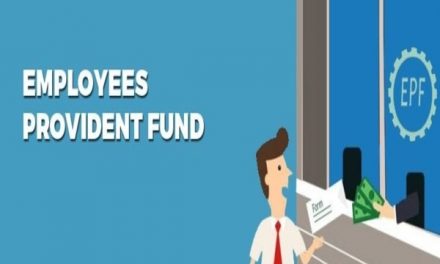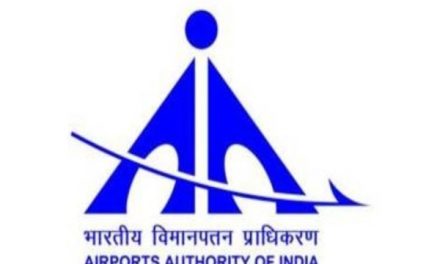The RBI’s announcement is good news for home loan borrowers with a secure income, as interest rates in this category will come down by 40 basis points (100bps equal 1 percentage point) to around 7%. This is the lowest level in over 15 years.
Also, borrowers who are facing income uncertainty because of the Covid-19 lockdown can avail of an additional three-month moratorium to get their finances in order. Those borrowers who have not availed of a moratorium so far but are now facing income pressure can still defer their repayments for three months. For a loan of Rs 30 lakh with a remaining maturity of 15 years, the net additional interest would be approximately Rs 2.34 lakh — equal to eight EMIs. A part of this burden could come down because of the reduction in interest rates.
For existing borrowers, SBI’s interest rates on a home loan up to Rs 30 lakh will automatically come down to 7% from the existing 7.4%, on loan between Rs 30 lakh and Rs 75 lakh to 7.25% from 7.65%, and above Rs 75 lakh to 7.35% from 7.75%. For women borrowers, the rates would be further lowered by 5bps.
Since October 2019, when home loan rates were linked to the repo rate, interest has been cut by 1.4 percentage points. The EMI on a Rs 30 lakh loan is now down to Rs 19,959 from Rs 22,855 in October 2019 — a reduction of Rs 2,896.
Housing finance companies and those banks that have not linked their home loan rates to the repo rate may not pass on the reduction in their home loans. However, driven by competition, HDFC has already brought down its rates to 7.50%. To improve the transmission of rates, the RBI had forced banks to link their interest rates on priority sector loans — including home loan — to an external benchmark rate (EBR). Most of the banks chose the repo rate as their EBR.
On May 8, some of the banks like SBI increased the spread on home loan rates for new borrowers by 20bps by increasing the margin over and above the benchmark rate of 7.05% pegged against the repo rate. SBI did it, saying that due to the pandemic, the credit risk of borrowers had gone up and so the bank had increased the risk premium by 20bps.
Many banks argued that the repo rate cut does not lower their cost of funds, but leads to a lowering of lending rates for existing borrowers. Therefore, banks may resort to raising spreads. A senior banker said that the lowering of the rates matching the present round of reduction in the repo rate would be circumvented by banks.
Read more: Home Ministry lifts ban on entry of OCI cardholders with riders












